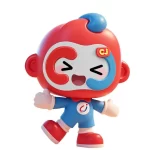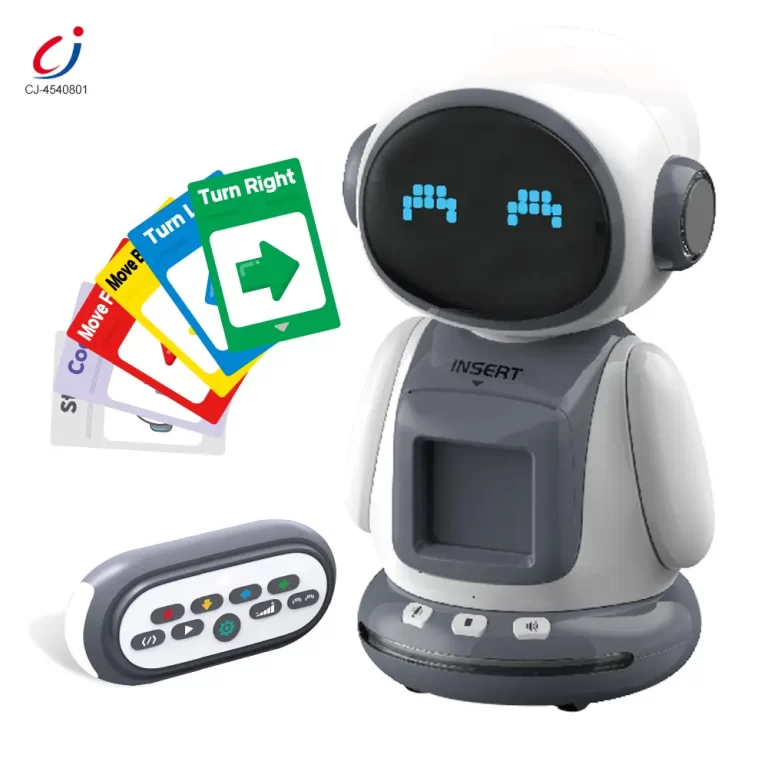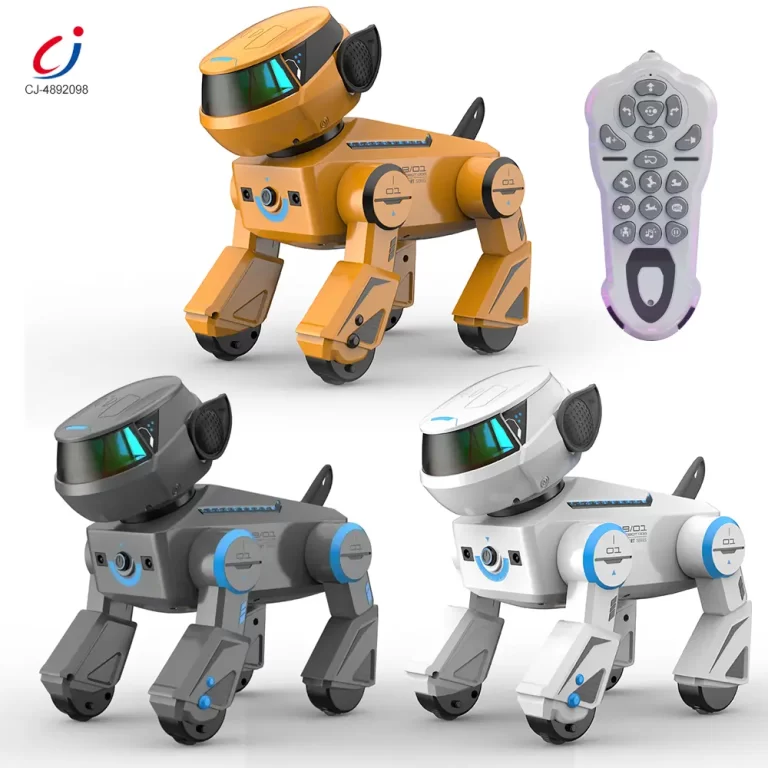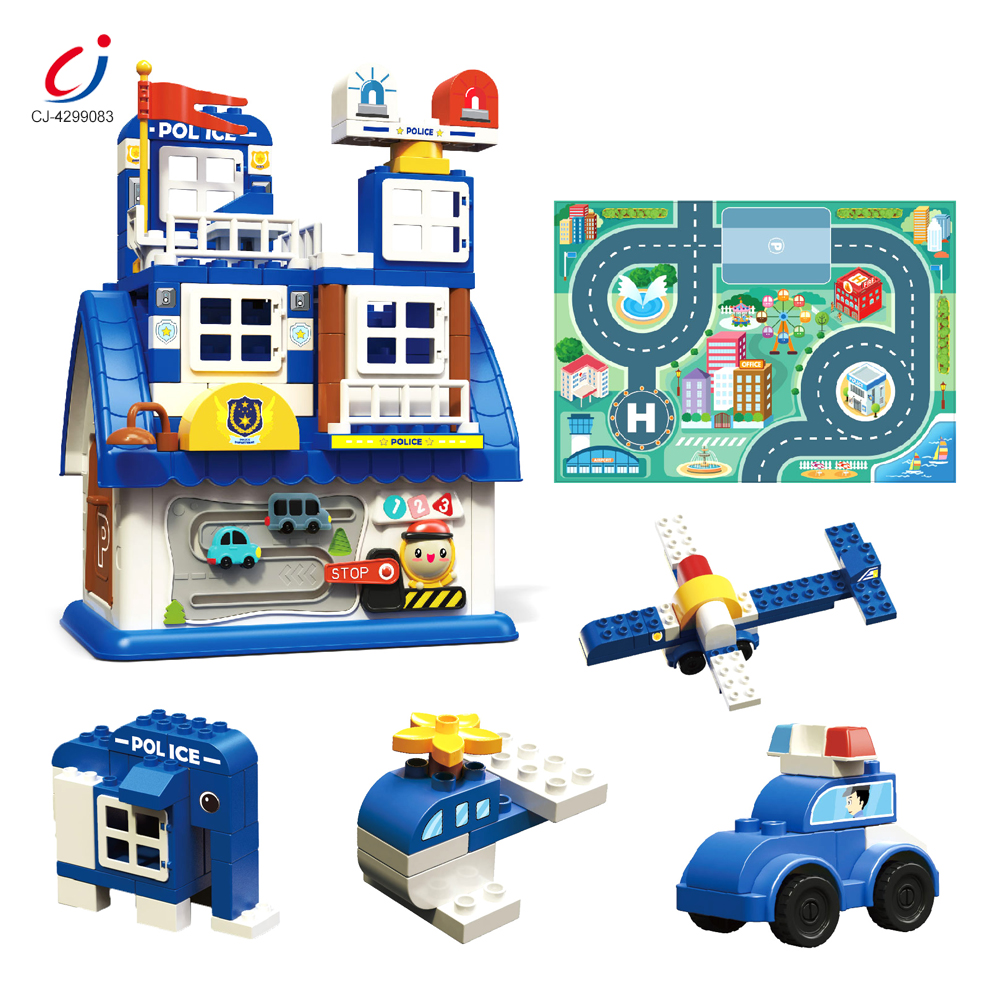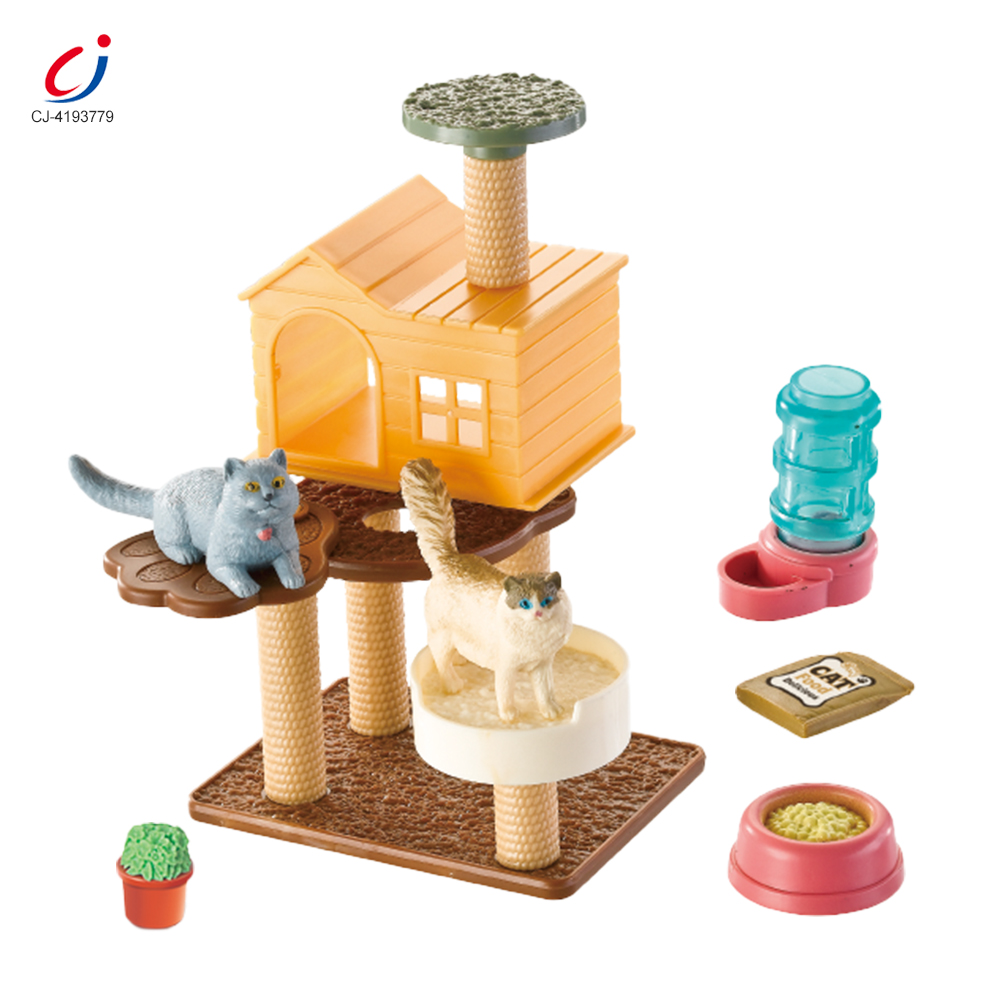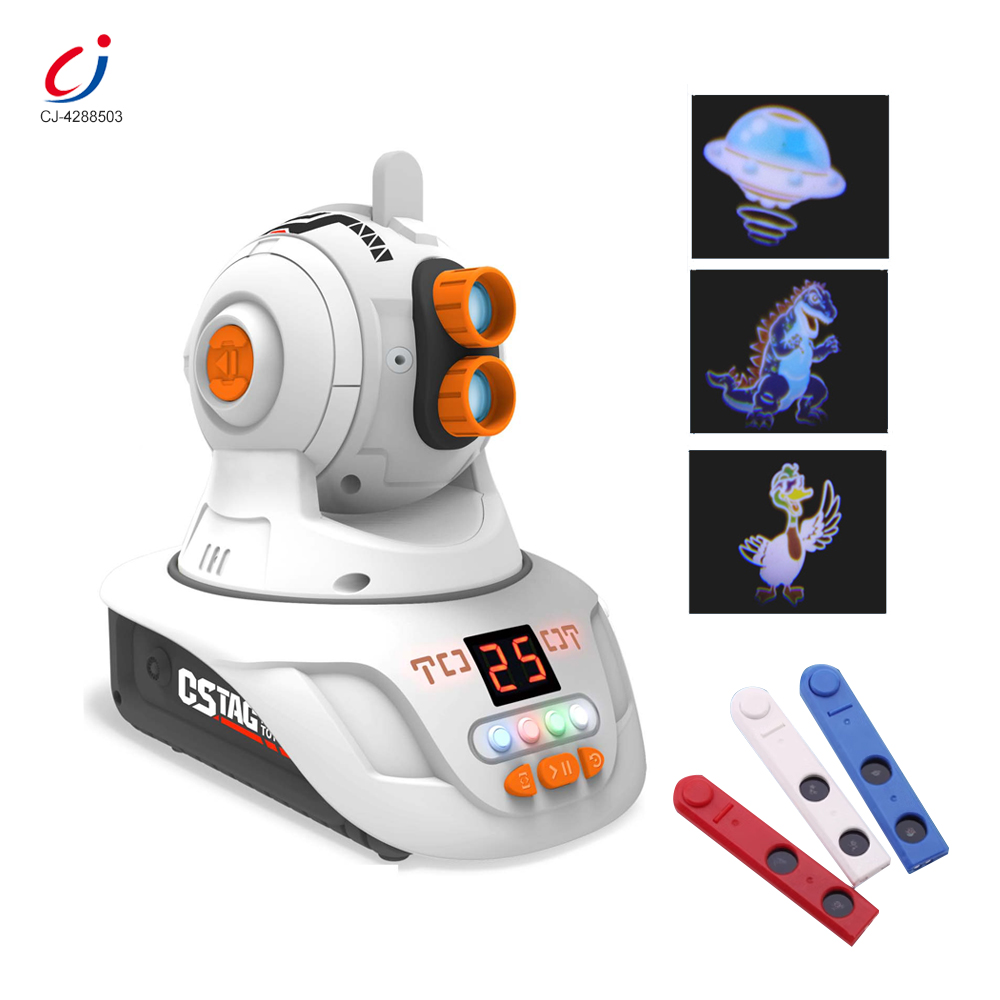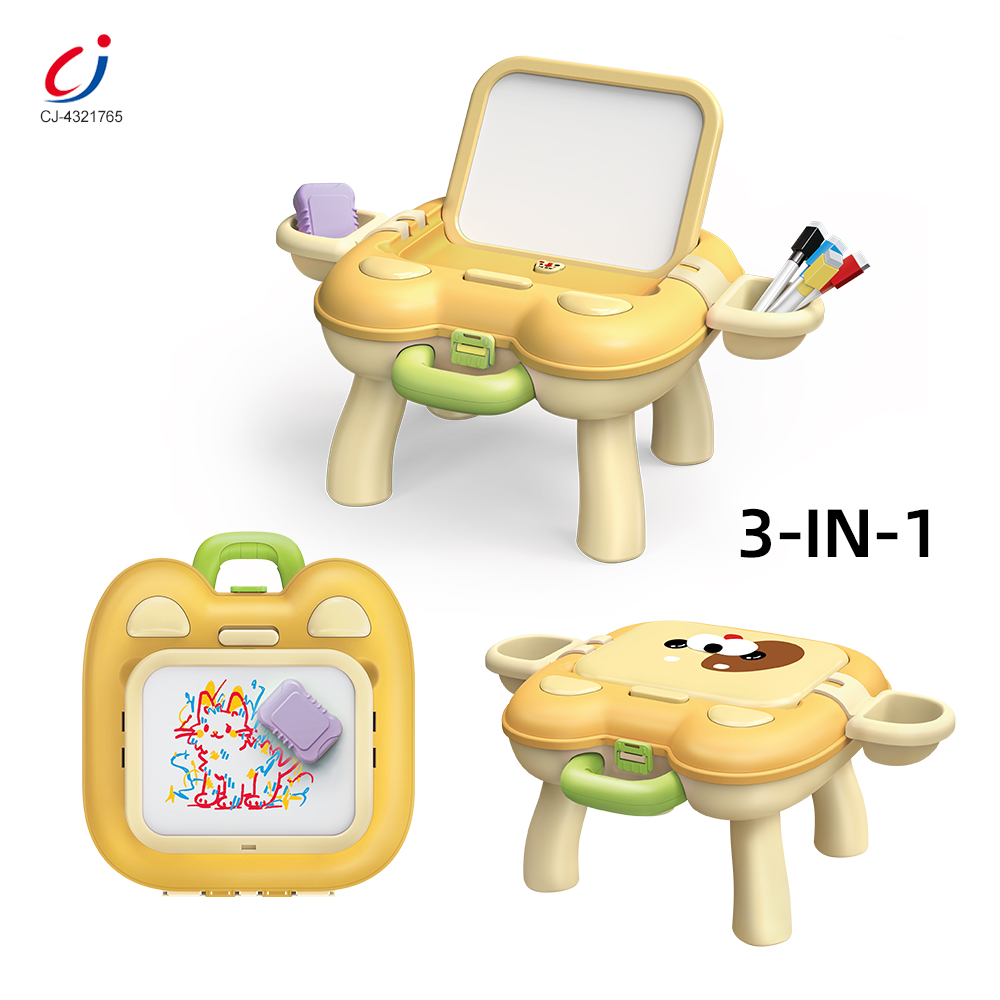Toys have evolved over centuries. From small gadgets crafted from natural materials to today’s high-tech toys that allow children to “control the world,” they have become increasingly sophisticated and expensive. The toy industry has evolved alongside changing social trends. Whether it’s industrialization or technological innovation, these surging waves have transformed the landscape of children’s toys. Today, toys are more than just toys; they play a vital role in inspiring children’s creativity, nurturing their intelligence, and fostering their problem-solving skills.
In this article, from the standpoint of a toy supplier and manufacturer, let’s talk about the “gorgeous transformation” of toys: from basic functions to “high-end” tools with “online IQ”, and how toys have gradually moved from primitive simplicity to high technology.
Early Toys (Before 1900)
Before the Industrial Revolution, toys were really “handicrafts” made by parents, grandparents, or local craftsmen for children. What about materials? Wood, mud, cloth, metal, everything. Simple in form, single in function, even“rough”, but they play an important role in children’s growth.
Puppet dolls:
This is one of the earliest toys, usually handmade, to help children understand social roles. There is no coloring or decoration, but they can be fiddled with at will to stimulate children’s imagination.
Rocking horse:
Rocking horses are mostly made of wood and have appeared around the 16th century. They can bring joy to children and exercise their balance and coordination abilities.
Spinning tops and toy cars:
Spinning tops teach children hand-eye coordination, while toy cars encourage children to move and run outside to play.
Although early toys are not so formal education, the basic skills they bring to children, such as motor coordination, role-playing, and social interaction, cannot be underestimated
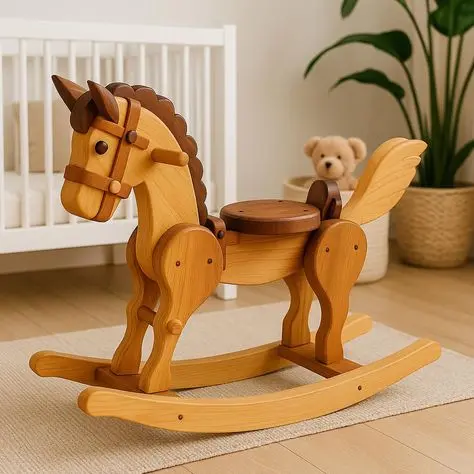
As a toy manufacturer, we recognize the timeless value of these classic designs. Our current offerings of baby toys combine these traditional designs with modern safety standards, providing both nostalgia and new generations with the benefits of tactile play.
Industrial Revolution and Mass Production (1900s – 1950s)
The Industrial Revolution broke the traditional world of handmade toys. With the birth of mass production, toys were no longer a family craft but became cheap and popular consumer goods. The modern toy industry also took off from then on.
Tin soldiers and wind-up toys: In the early 20th century, these wind-up toys allowed children to achieve more complex interactions through “pretend play”. Wind-up dolls and mechanical trains can let children’s imaginations fly further.
Barbie: Barbie’s debut was a revolution in the toy industry, providing girls with a model to explore different careers and social roles, inspiring countless creativity.
Monopoly: The big boss of board games, the emergence of Monopoly, brought indoor strategy games into the world of children, which can not only be played, but also improve math and problem-solving skills, and exercise children’s social skills.
The emergence of battery-powered toys and early plastic designs opened up new horizons for manufacturers. Early versions of electric trains, cars, and dolls laid the foundation for future high-tech toys.
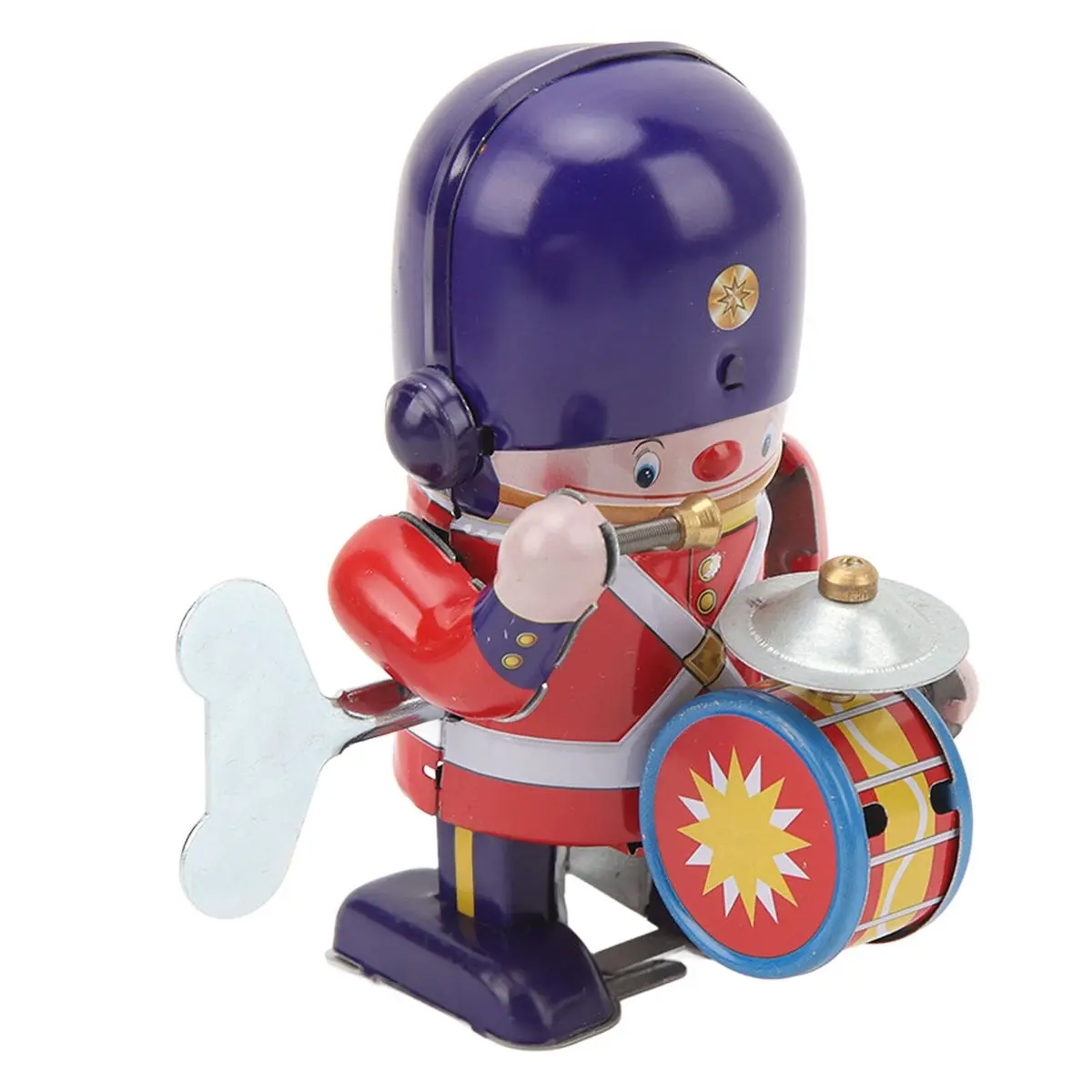
This period also saw the birth of advertising and branding. As a toy supplier, we drew on the mass production model of this era to ensure our products were high-quality and competitively priced for the global market, and to help our clients strengthen their brand image through innovative toy design.
The Plastic Age and Toy Innovation (1960s – 1980s)
In the 1960s, the emergence of plastics completely changed the history of the toy industry. Cheap, durable, and more flexible in design, plastics were simply “the universal material in the toy world,” making toys more complex and diverse. This period was the birth of many classic brands and toys that still influence children’s growth today.
Lego: Lego’s plug-in brick system was a revolution in toy design. It encouraged open-ended creativity, and children could build anything they wanted. Lego was not just a toy; it became one of the educational tools.
Hot Wheels: Mattel’s Hot Wheels cars introduced the concept of mini cars, with strong collectible and customized play styles, which inspired children’s interest in engineering, competition, and story creation.
Action figures and dolls: Toys such as G.I. Joe and Star Wars are not just “playthings.” They have become cultural icons; Barbie has also changed from a doll to a universe of career settings and role-playing.
Battery-powered toys continue to develop, and early electronic games begin to influence the toy market, sowing the seeds for the digital revolution.
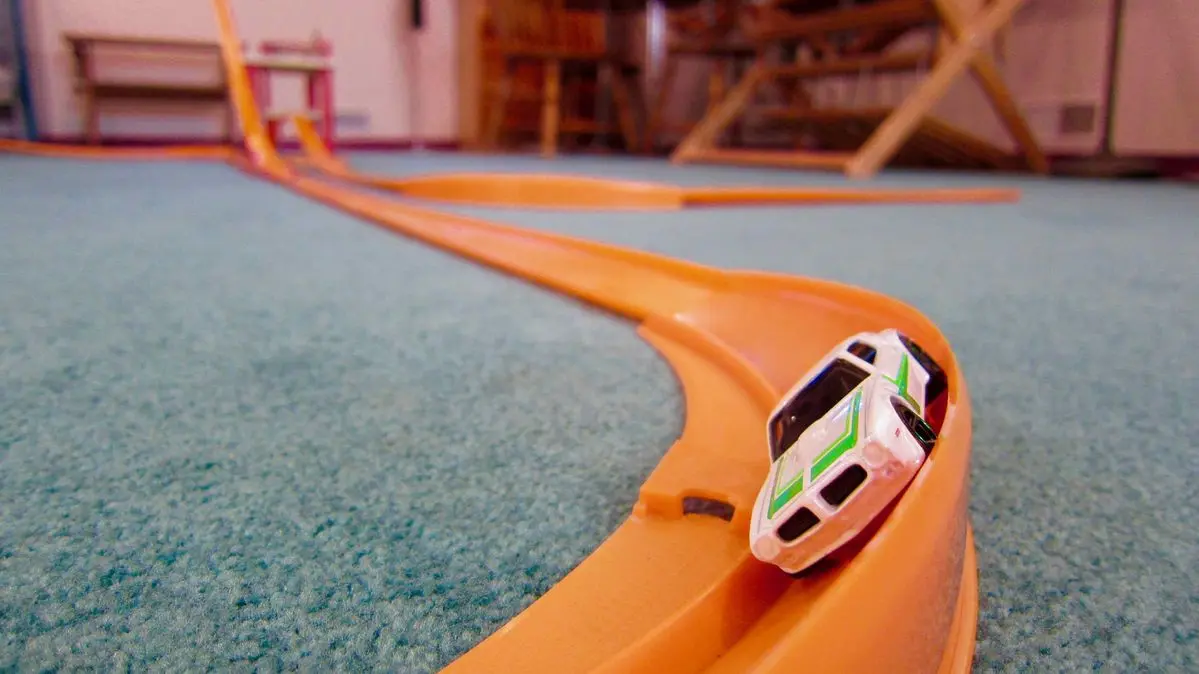
The toy market during this period has become completely diversified. And toys of various interests have emerged to encourage children’s creativity, problem-solving skills, and role-playing. As a toy manufacturer, our company continues to produce building sets, action figures, and plastic-based toys that foster creativity and problem-solving while focusing on safety and durability.
The Digital Age and Technology Integration (1990s-early 2000s)
With the advent of the digital age, technology has been quickly integrated into toys. Electronic games are in the limelight, and interactive toys have followed suit. Traditional physical toys are combined with electronic devices to bring new entertainment to children. From the 1990s to the early 2000s, digital toys became a dual experience of education and entertainment.
- Tamagotchi: This virtual pet became a national craze in the 1990s. Children could “feed”, “play,” and “care for” it to learn responsibility.
- Furby: The most amazing thing about this thing is that it has voice recognition technology and can “learn” from its owner. It is simply an AI pioneer in the toy industry.
- LeapFrog: This brand launched interactive learning tools, including LeapPad and Leapster, which merged entertainment and learning in a digital way.
Toys began to incorporate more sensors and voice recognition technology. From a manufacturing standpoint, we embraced the shift towards technology by incorporating electronic components into our products. Our more recent toys integrate technology to provide real-time feedback.
Present and Future: High-tech Toys and Personalization (2010-Present)
Today’s toys are more advanced than ever before, with artificial intelligence (AI), robotics, and augmented reality (AR) all“seamlessly” combined in toys to create immersive, interactive experiences. These toys not only entertain children, but also help them develop STEM (science, technology, engineering, and mathematics) skills, creativity, and emotional intelligence.
Cozmo Robot (2016):
This small AI robot can express emotions, interact with children, and even be programmed through a simple app, allowing children to learn programming while having fun.
Sphero (2010):
This mobile phone-controlled robot ball allows children to interact with the environment through programming and play with a sense of the future.
AR Toys:
Toys like Osmo incorporate augmented reality to create highly interactive, digital-physical experiences.
Today’s high-tech toys are equipped with sensors, cameras, and interactive components that can “learn” based on children’s interactive feedback to provide personalized experiences. As a modern toy supplier and manufacturer, we’ve integrated cutting-edge technologies into our latest AI product. They are providing a personalized experience and evolving. We anticipate further integration of virtual reality (VR) and AI-driven toys, which will take immersive play to a whole new level.
Conclusion
From the original wooden gadgets to today’s high-tech toys, toys are becoming more and more “gorgeous”. As the times change, toys have gradually evolved from children’s entertainment tools to tools for cultivating creativity, education, and social interaction. The history of toys is a microcosm of technological progress, educational change,s and cultural evolution.
Looking forward, the toy industry will continue to evolve, bringing children more personalized, interactive, and immersive experiences. Whether it is a simple puppet doll or a complex robot, the magic of toys lies in how they can shape the way children learn, grow, and play.

From these years of experience and witness, we, a top toy supplier and manufacturer, cannot help to exclaim how fast this industry is changing. However, fortunately, we have a professional team to guide the way we head, and we can enlarge our product line and categories to catch up with the trend. Moreover, we are providing a customized toy solution to solve all your problems in the toy industry. Chengji OEM toys manufacturer provides custom toy solutions for customers around the world. We have an independent design team and toy manufacturing factory, and have in-depth cooperation with many professional mold and toy factories. From concept to creation, we turn your ideas into reality and tailor-make toys for you.

